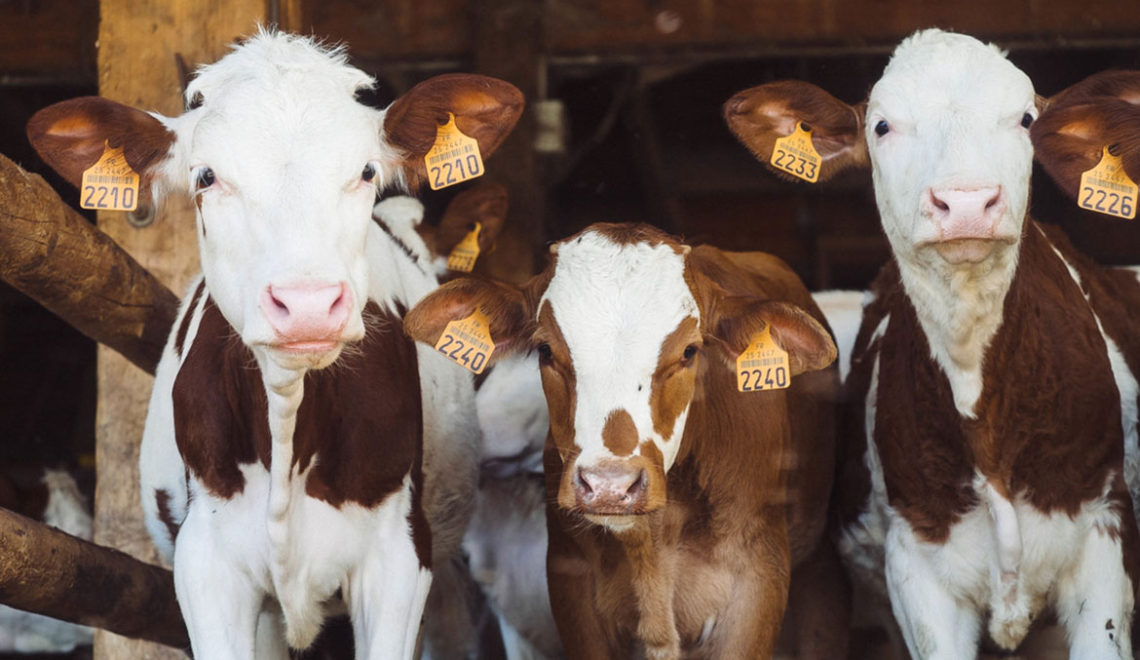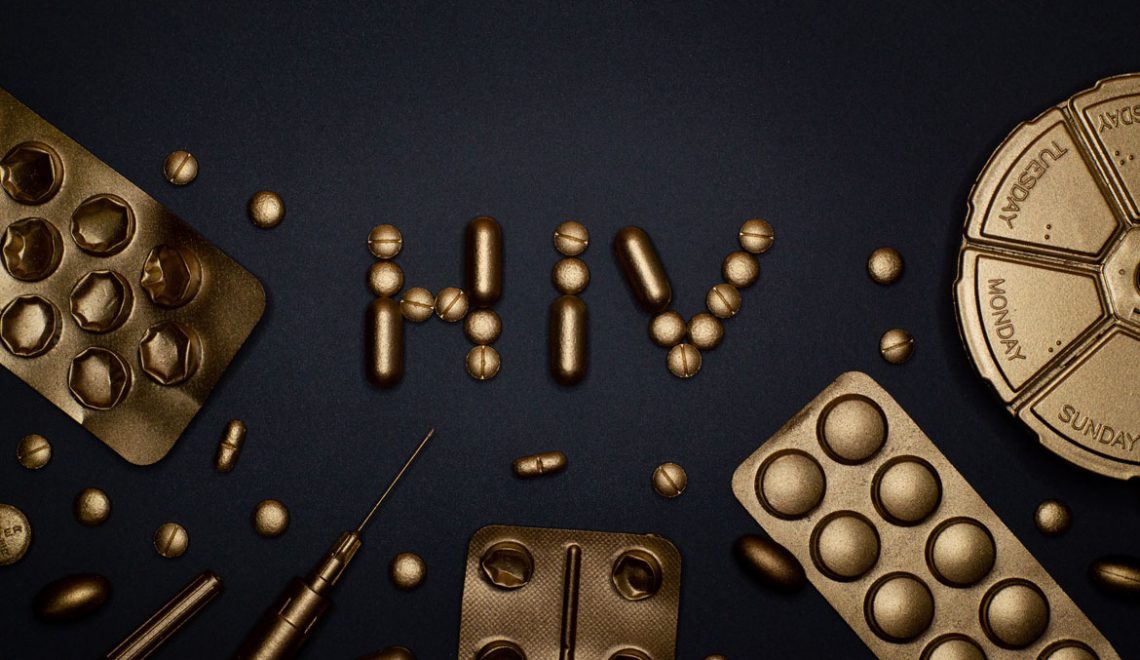
Recently, we heralded the news that one of our last-resort class of antibiotics, the polymyxins, has been breached with transferable resistance. And this antibiotic resistance is spreading.
Resistance to one of our fundamental “antibiotics of last resort”, colistin, has surfaced in China and other international hotspots, with an imposing sense of scrambled urgency in the race to find a new generation of antibiotics. Transmission of this resistance, surprisingly (or not unsurprisingly), has been linked to its increased use in agriculture and veterinary medicine – and not from its use in human patients. The horizontal transfer from farm animal to human is a very serious threat and marks our first, inevitable steps back towards the pre-biotic dark ages.
Antibiotic resistance in a nutshell
Antibiotic resistance is a well reported multi-sectoral threat that has very real implications globally. It is something we as humans have been battling since the dawn of therapeutic antibiotics and Alexander Fleming’s discovery of penicillin in 1928. Scientifically speaking, antibiotics are simply denoted as classes of organic molecules that inhibit or kill microbes. And while we may be armed with a couple of hundred organic weapons designed to target different forms of pathogenic bacteria – the sheer number and rate of bacterial populations and population growth ensure resistance will arise and be genetically transferred through future divisions. Development of antibiotic resistance is relentless and inevitable. The unfortunate thing is as we use these drugs, surviving fractions will ultimately survive and pass their secrets on.
Realistically, we still have a plethora of antibiotics at our disposal to treat and dispose of serious disease causing pathogens. What the science shows is that we are slowly finding increases in some bacteria who are multi-drug resistant and armed with genetic tool kits designed to overcome our remaining antibiotics. Overuse, misuse and all round abuse of common classes of antibiotics such as the fluoroquinolones, cephalosporins, aminoglycosides, and the less commonly used polymyxins are bottle-necking common species of microbes, in response, creating “superbugs” by way of a fast forwarded-Darwinian evolution. The double-edged sword analogy of this is simple – by function of requiring to use them, are we making it worse? And unfortunately, the answer is yes. And actually a lot faster than scientists predicted. Experimental data and a large international consensus all points towards antibiotic use in agriculture as being a large part of the problem. The agricultural section itself being the biggest user (and over-user) of antibiotics.
Antibiotic use in agriculture: the hand that feeds
The recent news that researchers have discovered that a global consortium of bacteria is sharing a gene that confers resistance to colistin have shed light on the important debate that agriculture can play in this antibiotic resistance. It was reported by the Food and Drug Administration (FDA) that antibiotics sold to farmers have gone up by 20% between 2009 and 2013 and that 80% of all antibiotics sold in the United States (US) are used for livestock purposes. While these antibiotics are a cheaper option for breeding healthy livestock rather than having cleaner conditions; antibiotics also provide a physical growth advantage. As meat is typically sold by the pound, it is easy to see how drenching these animals to the teeth may be an important business strategy in the commercial sector. If you were to take a step back and think about it – you could not actually design a more perfect system to breed drug-resistant bacteria. Take the cramped, unsanitary and physiologically stressful conditions of the Confined Animal Feeding Operation (CAFO), saturate with low dose antibiotics and what you have is a pipeline to build resistance. The modern CAFO is the most ingenious and diabolical natural selection machine to date.
The most recent blow to our fight against resistance was discovered in the Guangdong and Zhejiang provinces, China, and published in the Lancet in 2015. The scientists in this study have identified the presence of the colistin resistance gene, mcr-1 in Escherichia Coli (E. coli) and found it to be prevalent in both livestock, human patients and in the commercially available food stuffs found in numerous retail outlets in the area. Until now, resistance to the polymyxin class antibiotic, colistin, has only previously been show to rise through spontaneous dotted mutations in bacterial genomes that are isolated to small subpopulations. The large-scale study determined that bacteria were, however, readily sharing mcr-1 through loops of DNA called plasmids. The scientists pointing the finger that rampant use of colistin in agriculture is how the mcr-1 gene was harboured and spread. Furthermore, this study showed that this horizontal gene transfer of resistance can occur between E. coli and other species of bacteria. We can consider this style of transfer as tiny genetic packages with the blueprints on how to resist the effects of colistin. The DNA remains outside the typical bacterial genome and can easily be hopped from one bacteria to another. It is easy to see how this may be a little concerning.
The conclusions linking agriculture as the environmental driver of this antibiotic resistance became obvious given that in China, colistin was not being used (or rarely) to treat human patients. This is due to comparable kidney toxicity in humans when used as an antibiotic. In fact, colistin is a relatively old drug and is affordable enough to be used en masse – which makes it attractive in the eyes of a CAFO. Whatever the case, colistin itself is still a useful option as a last resort for drug-resistant cases of Enterobacteriaceae (a large family of bacteria, including E. Coli) infections, not to mention the invulnerable carbapenem-resistant bacteria where colistin remains our last effective drug. Since the report, the same gene has been found across Europe, Asia, India and the US. While it is not a hard pill to swallow for the agricultural sector, the implications are that antibiotic resistance is spreading from these farms into the realms of human health.
We can now say unequivocally that feeding antibiotics to animals negatively affects humans.
– Professor Tim Walsh, Cardiff University, UK
The hypothetical post-antibiotic world
This article highlights the most recent advance to what the World Health Organisation (WHO) officials have termed, “the post-antibiotic era”. Growing resistance to colistin is not alone when looking at our drugs of last resort. Sustainable, multi-resistant bacteria that can resist all our last ditch therapeutic efforts are becoming more prevalent and pose a serious threat to public health around the world. Exactly what this means is not particularly puzzling: simple, minor surgeries and common infections may become untreatable. Patients on immunosuppressive drugs following chemotherapy or organ transplantation would be at incredible risks of infections. It will take a re-work of the entire public health domain and while we restructure, the problem may get exponentially worse. That is assuming that we cannot find a solution to the problem.
Bacteria will inevitably become resistant to old and new classes of antibiotics. That is within the realm of adaptation. The tactical response will be to slow down and develop new antibiotics to hit from different angles. Steps are being taken: increased regulation of antibiotics in agriculture has been a mainstay in Europe, while the US is instituting regulations on antibiotic use. China has since banned the use of colistin in animal feed, the formal Ministry of Agriculture announced that approximately 8000 tonnes of colistin will be removed from the Chinese veterinary sector and be replaced with non-human antibiotics. Governments have since been creating incentives in the form of tax breaks and quicker reviews by regulators all to increase the tide of new antibiotics while we slow down our use of the former. In order to prolong the clinical longevity of our current last few antibiotics, we need to have a unified global front of the use of human antibiotics in our agriculture sector. Coined fairly well by Mike the Mad Biologist – “If this doesn’t convince people to get serious about the agricultural side of the problem, I don’t know what will”. Too true, Mike. The last thing we need is a World War Z style pandemic of unbeatable bacterial proportions.
The opinions in The Freethink Tank’s Opinion category are those of the author and are no reflection of the views of the website or its owners.
Advertisement









